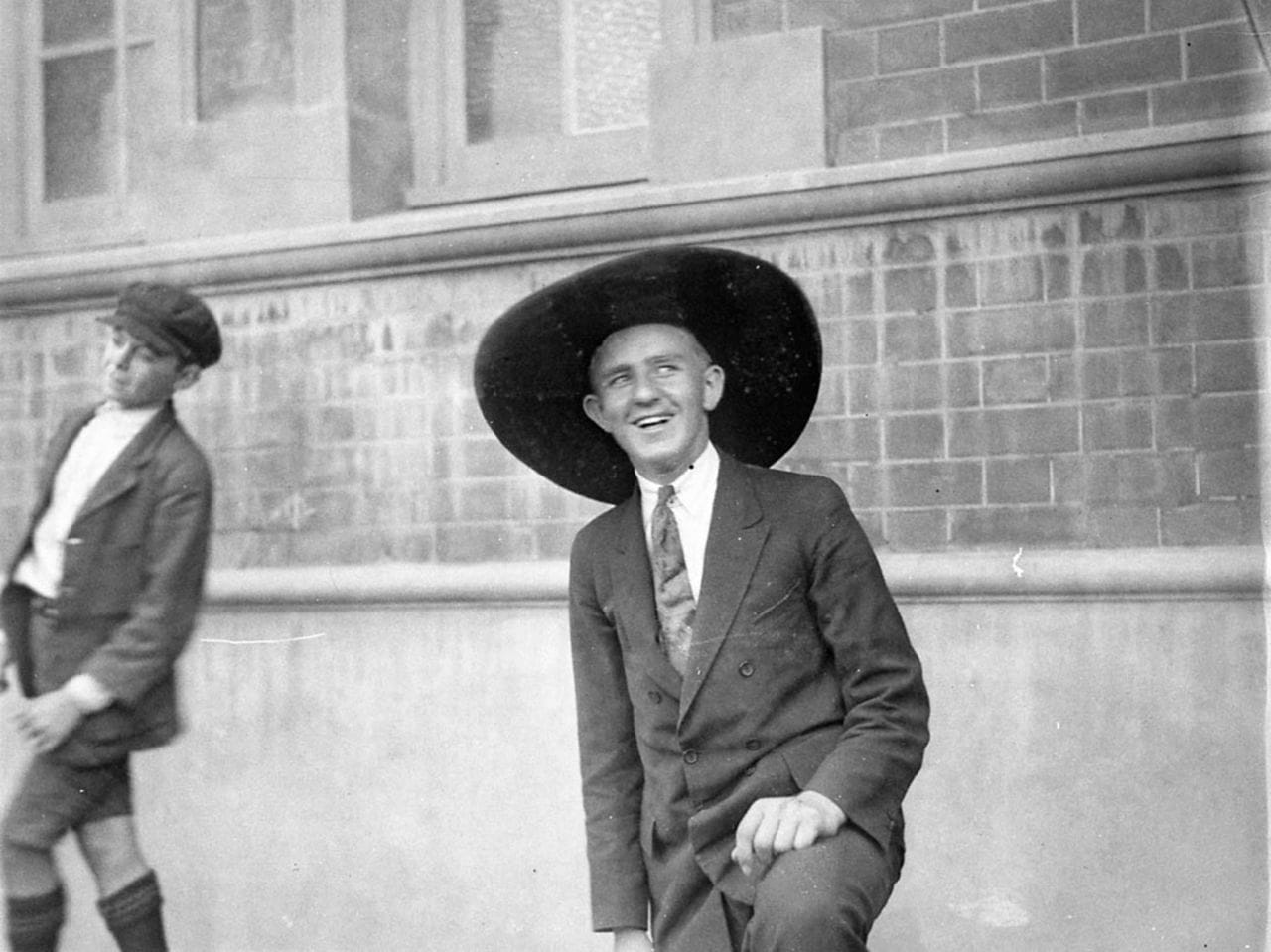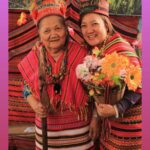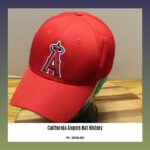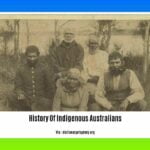Step into the fascinating world of Akubra hats, an iconic symbol of Australia. These hats have come a long way from their humble beginnings in the vast outback to becoming a global fashion staple. Dive into their rich history, from their Aboriginal roots to the famous faces who have worn them. Discover the intricate craftsmanship that goes into making each Akubra and why they have remained so popular over the years.
History of Akubra Hats
Imagine a hat so iconic that it practically screams “Australia.” That’s the Akubra for you! Since 1874, Akubra has been handcrafting hats that are as tough and resilient as the outback itself. These aren’t just any hats; they’re practically woven into the fabric of Australian history and identity.
It all began with Benjamin Dunkerley, an Englishman who arrived in Tasmania with a knack for hatmaking. Using fine rabbit fur felt, he pioneered a process that yielded durable, weather-resistant hats perfect for the harsh Australian climate. His company, originally called B. Dunkerley & Co., would later become the legendary Akubra brand.
Over time, Akubra’s fame grew. They weren’t just for rugged bushmen anymore. From prime ministers to poets, everyone seemed to be sporting an Akubra. And why not? They were stylish, practical, and whispered tales of adventure with every wear.
What’s truly fascinating is the sheer variety Akubra offers. Sure, the classic bush hat is their claim to fame, but they’ve got over 100 styles! From city-slicking fedoras to breezy straw hats perfect for beating the heat, there’s an Akubra for every taste and occasion.
What started as a humble hat-making venture has blossomed into a symbol of national pride. When you see an Akubra, you’re not just seeing a hat; you’re witnessing a piece of Australian history, ingenuity, and style.
How did the Akubra hat originate?
The Akubra hat, with its wide brim and durable rabbit fur felt, is undeniably Australian. But how did this iconic headwear become synonymous with the Australian outback?
The story begins in 1874 when Benjamin Dunkerley, an English hatter, established B. Dunkerley & Co. in Tasmania. His hats, designed to protect against Tasmania’s harsh weather, quickly gained popularity among farmers and stockmen.
In 1912, the company underwent a significant transformation, changing its name to “Akubra.” This name change likely stemmed from an Aboriginal word for “hat,” signaling a growing sense of Australian identity and a connection to the land.
The Akubra’s durability and sun protection qualities led to its adoption by the Australian military during World War I. Soldiers wearing Akubra hats became a familiar sight, further solidifying the hat’s reputation for resilience and practicality.
The Akubra’s journey from humble beginnings to a national symbol is a testament to its quality and enduring connection to the spirit of Australia.
Key Milestones in Akubra’s History:
| Event | Year | Significance |
|---|---|---|
| B. Dunkerley & Co. founded | 1874 | Marked the beginning of hat production that would later evolve into the Akubra brand. |
| Akubra name adopted | 1912 | Reflects a growing sense of Australian identity, possibly drawing inspiration from Aboriginal language. |
| World War I | 1914-1918 | Akubra hats become part of the Australian military uniform, solidifying their reputation for durability. |
What does Akubra mean in Aboriginal?
The name “Akubra,” deeply entwined with Australian identity, is widely believed to have roots in Aboriginal languages. While there is no single definitive answer, many believe “Akubra” is linked to an Aboriginal word for “head covering.” This linguistic connection speaks volumes about the intertwined history of Aboriginal culture and the iconic brand.
However, language is dynamic, and over time, meanings and pronunciations evolve. Additionally, Australia boasts a diverse tapestry of Aboriginal languages. Therefore, pinning down the exact Aboriginal language and the specific word that evolved into “Akubra” remains a subject of ongoing research. It’s a fascinating linguistic puzzle that adds another layer to the Akubra story.
What does the name Akubra mean?
The name “Akubra,” synonymous with iconic Australian hats, is widely believed to have originated from an Aboriginal word for “head covering.” This connection reflects the deep roots of the hat in Australian culture and history, suggesting a practical origin for its name.
However, pinpointing the exact Aboriginal language and the specific word that evolved into “Akubra” is challenging. Language is fluid, and meanings can shift over time. Australia’s rich diversity of Aboriginal languages adds another layer of complexity to the search.
While the precise origins of the name may remain a subject of debate, the likely Aboriginal connection underscores the Akubra’s enduring link to the land and its Indigenous heritage.
Why is Akubra so Expensive?
Akubra hats are renowned for their quality and craftsmanship, but their price tag often raises eyebrows. So, what justifies the cost of an Akubra?
Premium Materials: Akubra hats are crafted from high-quality rabbit fur felt. This unique material, known for its durability, water resistance, and breathability, contributes to the hat’s longevity and ability to withstand the harsh Australian climate.
Expert Craftsmanship: Each Akubra hat is meticulously handcrafted by skilled artisans. This labor-intensive process, passed down through generations, ensures attention to detail and a level of quality that sets Akubra apart.
Ethical Sourcing: Akubra is committed to ethical sourcing practices. Their rabbit fur is sourced from suppliers who adhere to strict animal welfare guidelines, providing peace of mind to conscious consumers.
Cultural Significance: Akubra hats are more than just headwear in Australia; they represent a cultural icon, embodying the rugged, adventurous spirit of the outback. This heritage and legacy contribute to their perceived value.
In a world of mass production, Akubra remains dedicated to traditional craftsmanship, quality materials, and ethical sourcing, justifying the investment for those seeking a hat that’s built to last and imbued with a rich history.
How many rabbits does it take to make an Akubra hat?
The iconic Akubra hat, known for its durable rabbit fur felt, raises a question: how many rabbits contribute to a single hat?
While the exact number can vary depending on the hat’s size and style, it generally takes the fur of 5 to 8 rabbits to craft one Akubra.
The process of transforming rabbit fur into a hat is intricate:
- Sourcing and Preparation: The rabbit fur, primarily sourced from Australian-raised rabbits, is carefully collected, cleaned, and prepared.
- Yarn and Fabric Creation: The prepared fur is spun into yarn, which is then woven or knitted into a durable fabric.
- Felting and Shaping: The fabric undergoes a felting process, involving moisture, heat, and pressure, to create a dense, water-resistant material. It’s then molded into the signature Akubra hat shape.
- Finishing Touches: The hat is trimmed, shaped, and finished with details like a brim and a hatband.
The entire process, from sourcing to final product, involves over 162 steps, 50 artisans, and a dedication to quality craftsmanship.
Did Crocodile Dundee wear an Akubra?
Mick Dundee, the rugged protagonist of “Crocodile Dundee,” wouldn’t be caught without his trusty Akubra. His signature black hat, nicknamed “The Croc,” became an iconic symbol of the film and the Australian outback.
While a standard Akubra “Slouch” hat served as the base, “The Croc” was custom-made for the film, featuring distinctive elements like real crocodile leather and teeth. This unique hat perfectly captured Dundee’s rugged charm and solidified the Akubra’s association with the Australian outback.
The Akubra’s appearance in “Crocodile Dundee” catapulted the brand into international fame, further cementing its status as a symbol of Australian adventure and style.
Why do people wear Akubra hats?
Akubra hats, deeply embedded in Australian culture, are worn for a multitude of reasons that extend beyond mere fashion:
Protection from the Elements: Australia’s harsh sun and unpredictable weather make headwear essential. The Akubra’s wide brim provides ample shade, shielding the face and neck from harmful UV rays and offering cover from unexpected downpours.
Outback Practicality: The Akubra’s durable felt construction can withstand rugged conditions, making it ideal for outdoor work and activities. Its wide brim can even be used to carry small tools, fan away flies, or collect rainwater in a pinch.
Cultural Significance: Wearing an Akubra is like donning a piece of Australian history. It represents a connection to the land, a nod to the country’s pioneering past, and a symbol of resilience and resourcefulness.
Fashion and Style: While practicality and tradition are at its core, the Akubra has evolved into a fashion statement. With a diverse range of styles, from classic bush hats to more contemporary designs, there’s an Akubra to suit every taste and occasion.
Whether for practical purposes, cultural significance, or stylistic expression, the Akubra hat continues to resonate with Australians and those captivated by the allure of the outback.
Why do Australian soldiers wear slouch hats?
The slouch hat, with its distinctive indented crown and one side pinned up, holds a special place in Australian military history. But what led to its adoption and enduring presence?
The slouch hat’s roots in Australian military attire can be traced back to the mid-19th century. European settlers likely drew inspiration from the practical headwear worn by Indian and Afghan soldiers, recognizing its suitability for the Australian climate.
By 1885, the slouch hat had become the official headwear for the Victorian Mounted Rifles, a volunteer military unit. Its popularity spread rapidly, and by the Boer War (1899-1902), it had become synonymous with Australian soldiers.
During World War I, the slouch hat took on even greater significance. Amidst the chaos of battle, its wide brim provided shade and rain protection, while its unique shape distinguished Australian soldiers from their allies and enemies.
The slouch hat transcended its practical purpose, becoming a symbol of Australian bravery, resilience, and national identity. It evoked a sense of pride and unity back home, representing those who served far from their homeland.
Today, the slouch hat remains an integral part of the Australian military uniform, worn in both combat and non-combat roles. It continues to embody the spirit, tradition, and camaraderie of the Australian armed forces.
Why do Australian hats have strings?
Those strings, or chinstraps, dangling from Australian hats, particularly Akubras, serve a practical purpose beyond mere aesthetics.
Enhanced Stability: Imagine navigating Australia’s wide-open spaces, where sudden gusts of wind are commonplace. The chinstrap acts as a safeguard, preventing your hat from becoming airborne.
Improved Comfort: By adjusting the chinstrap, you can achieve a snug and comfortable fit, ensuring your hat stays securely in place without feeling too tight or constricting.
Added Protection: The chinstrap allows for adjustments to the brim’s height. Need extra shade from the sun or cover from rain? Simply tighten the strap to pull the brim lower.
These seemingly small details highlight the thoughtful design of Australian hats, emphasizing practicality and functionality for life in the outback.
Is Akubra Still Australian Owned?
Rest assured, Akubra remains a true-blue Australian brand. While the company has changed hands over the years, it is currently owned by Tattarang, an Australian-owned private investment group led by Andrew and Nicola Forrest.
This means that Akubra hats continue to be manufactured in Australia, upholding the brand’s legacy of quality craftsmanship and using locally sourced materials, including the iconic rabbit fur felt.
So, when you wear an Akubra, you’re not just sporting a stylish hat; you’re carrying a piece of Australian history, made with pride and embodying the spirit of the outback.
- Star Ring Trends: Etsy vs Amazon - March 28, 2025
- Boost Pollinator Habitats: Baby Blue Eyes Sustainable Farming Guide - March 28, 2025
- Protect Big Black Bears: Effective Conservation Strategies - March 28, 2025

















2 thoughts on “From Outback to Icon: A History of the Akubra Hat”
Comments are closed.